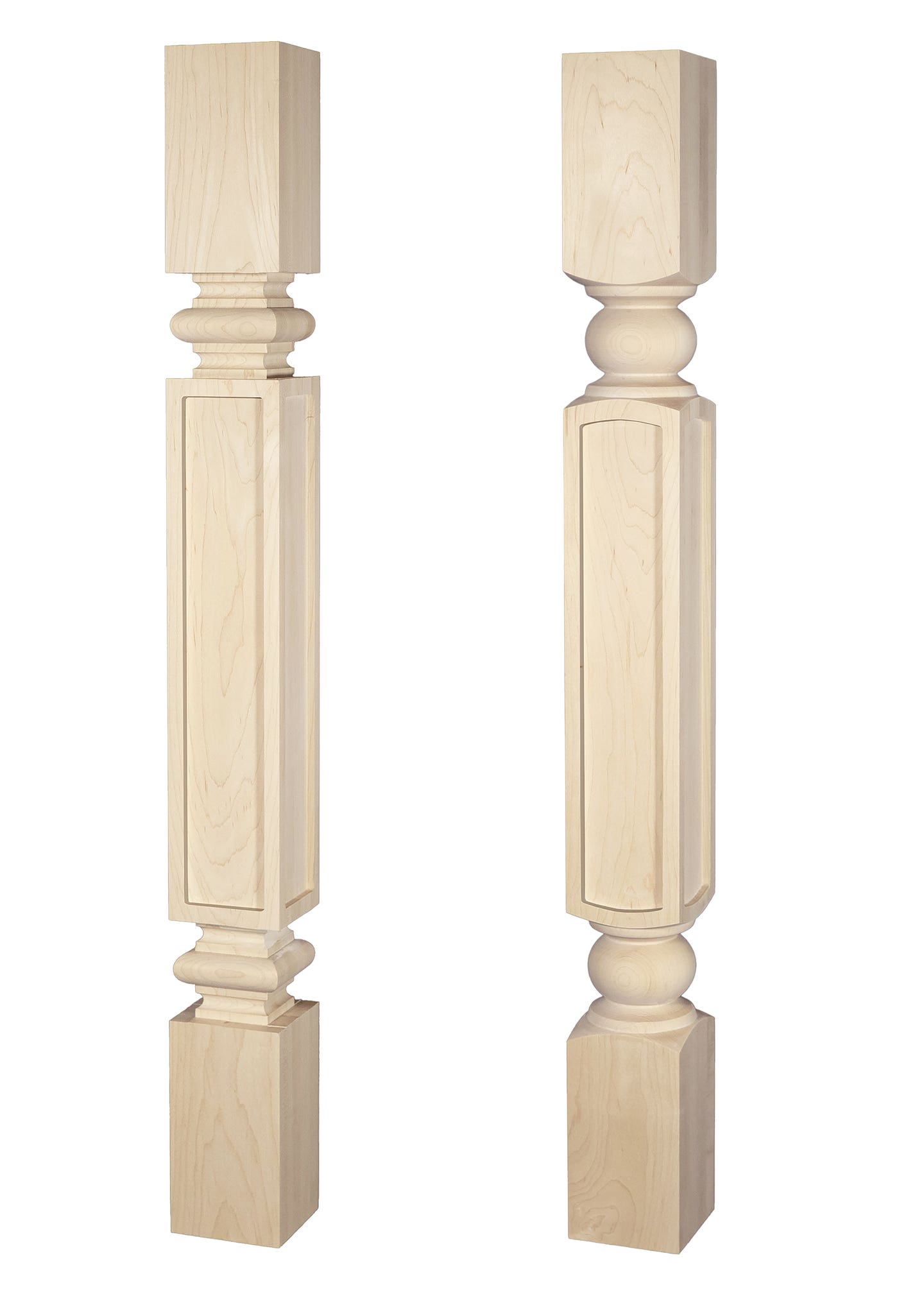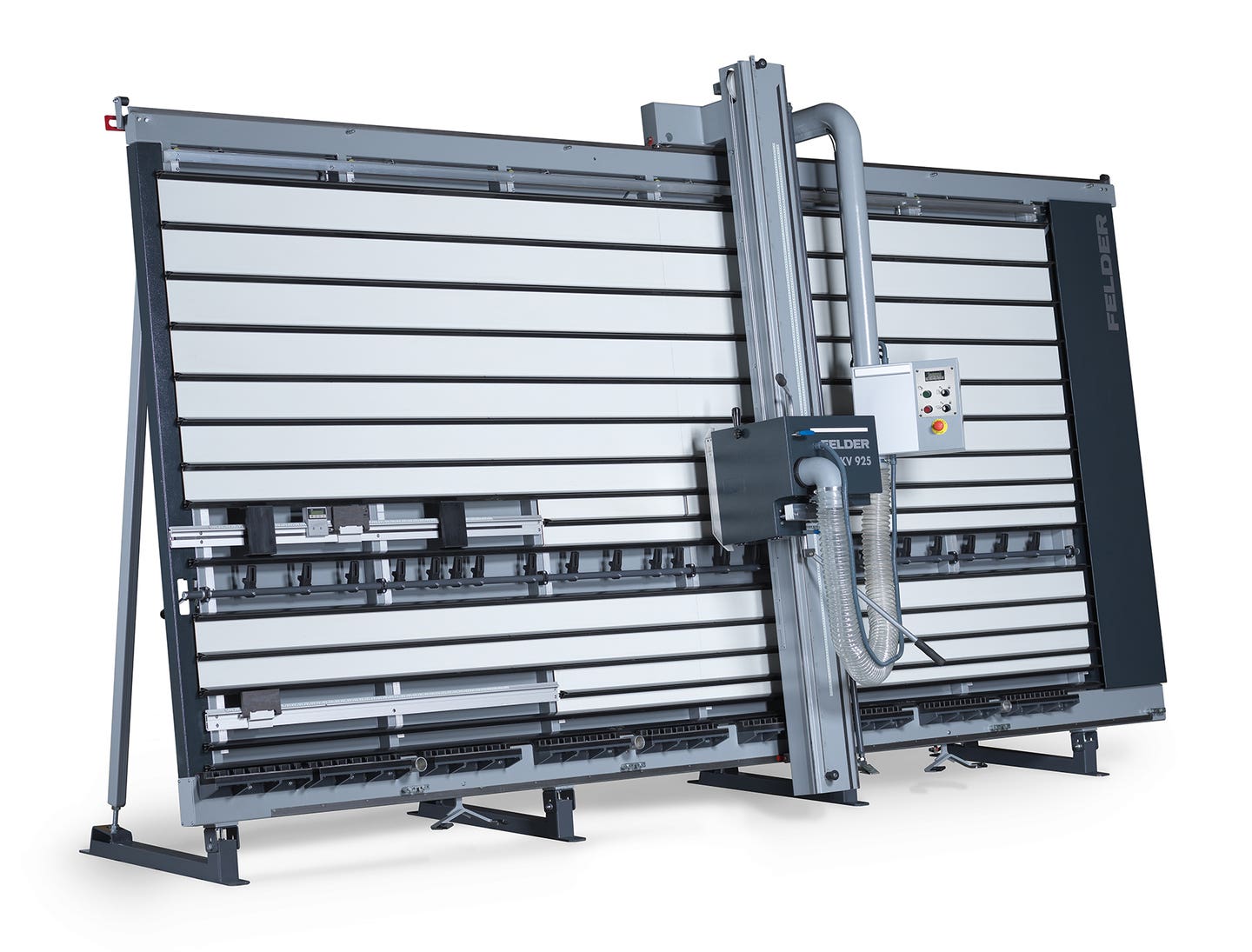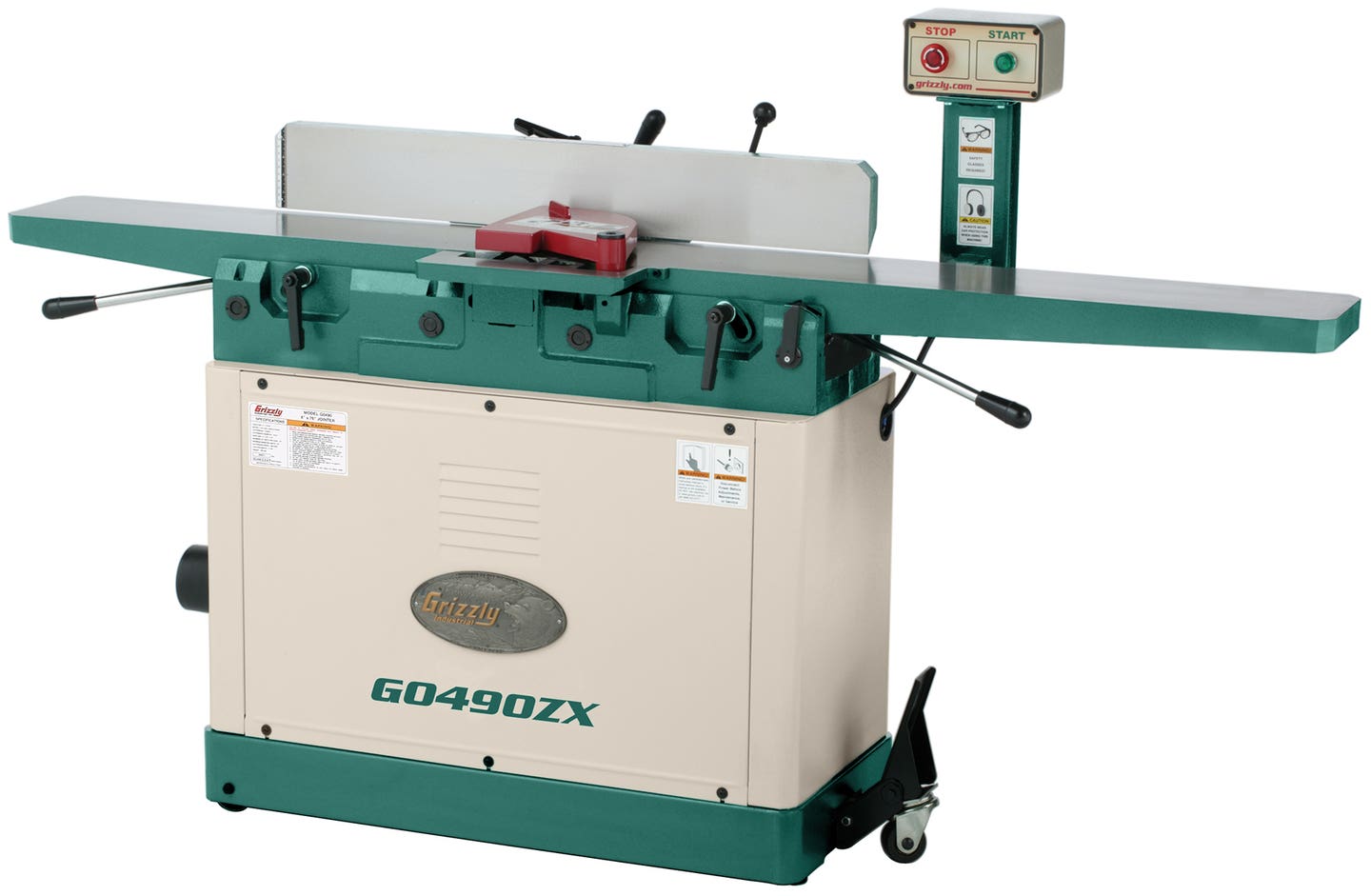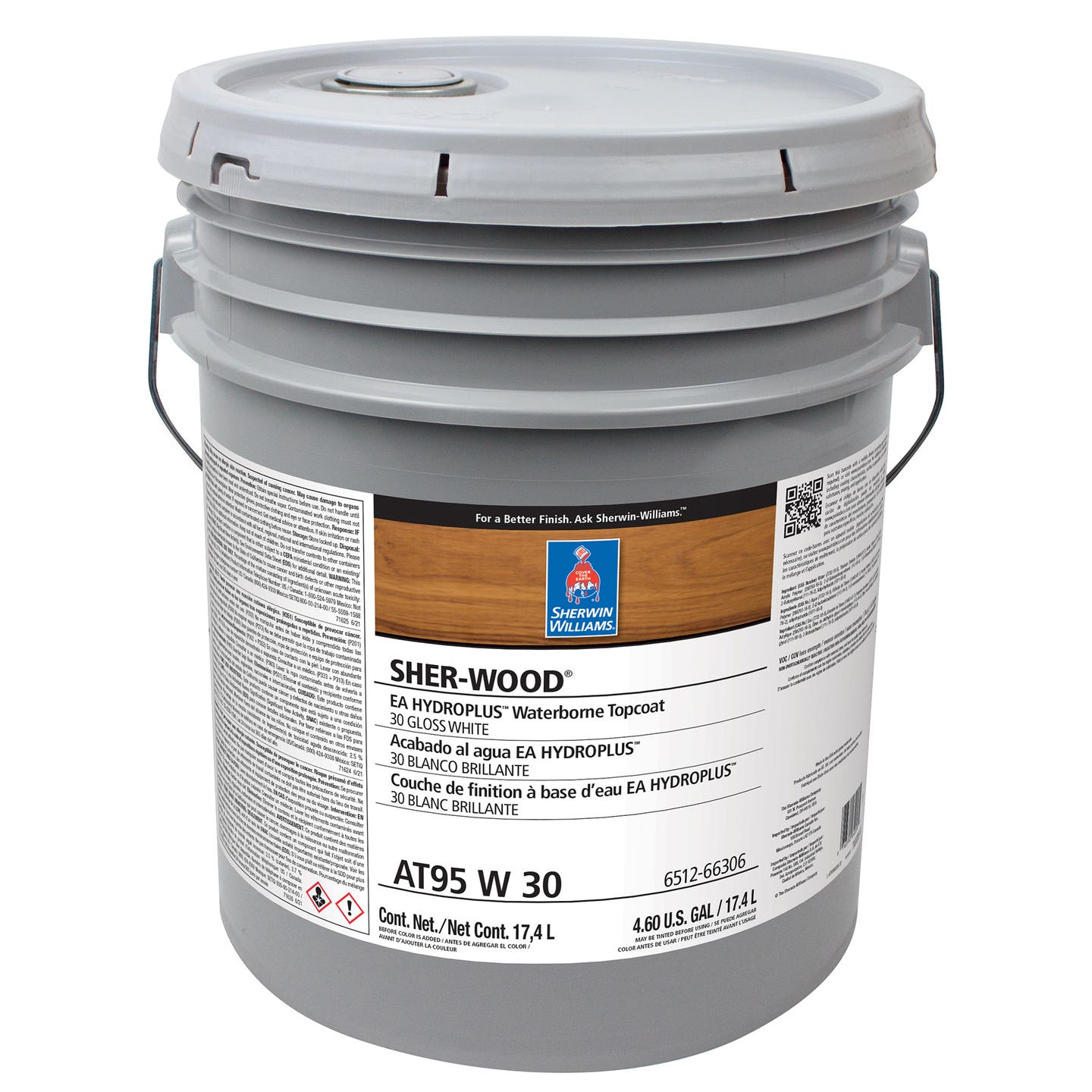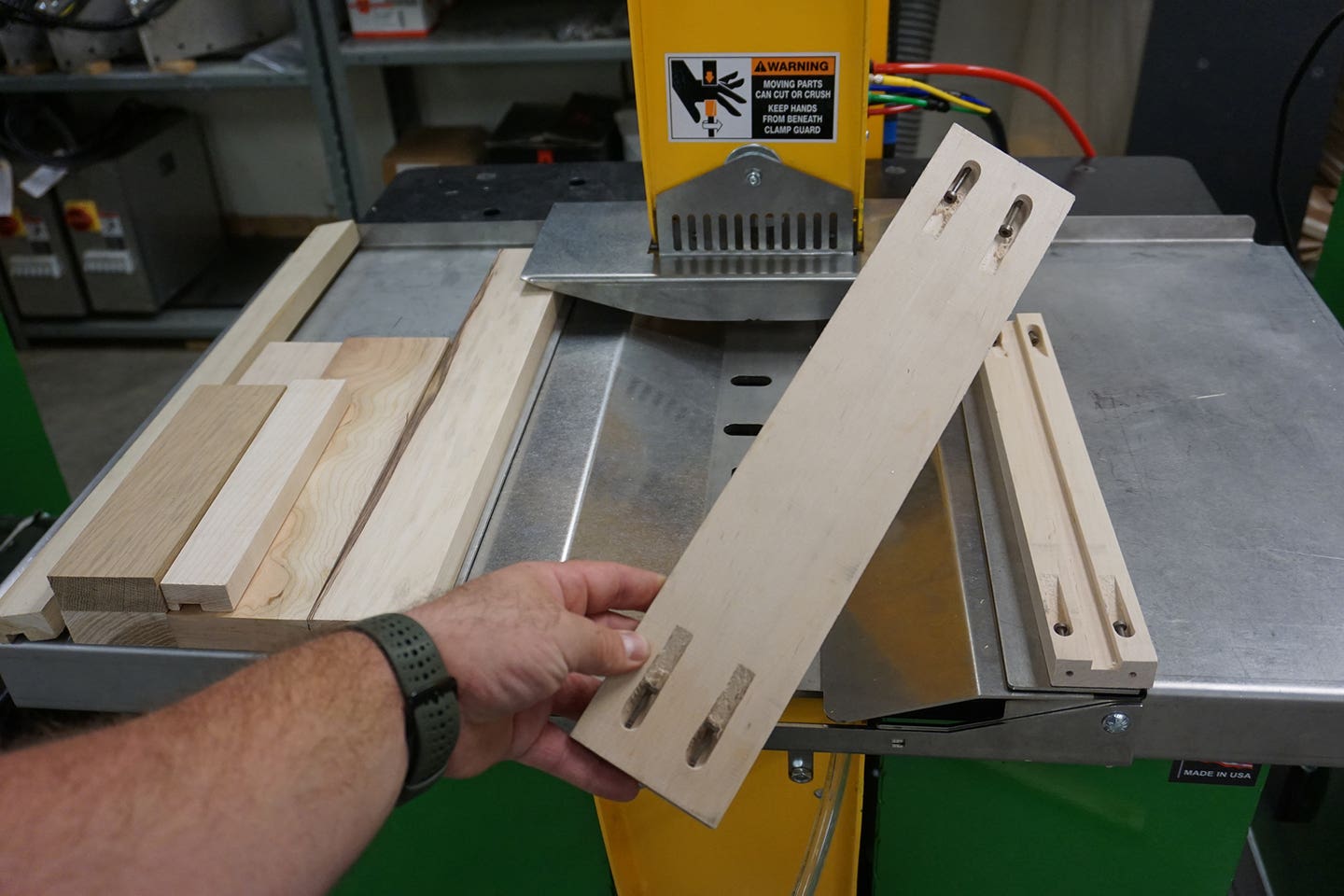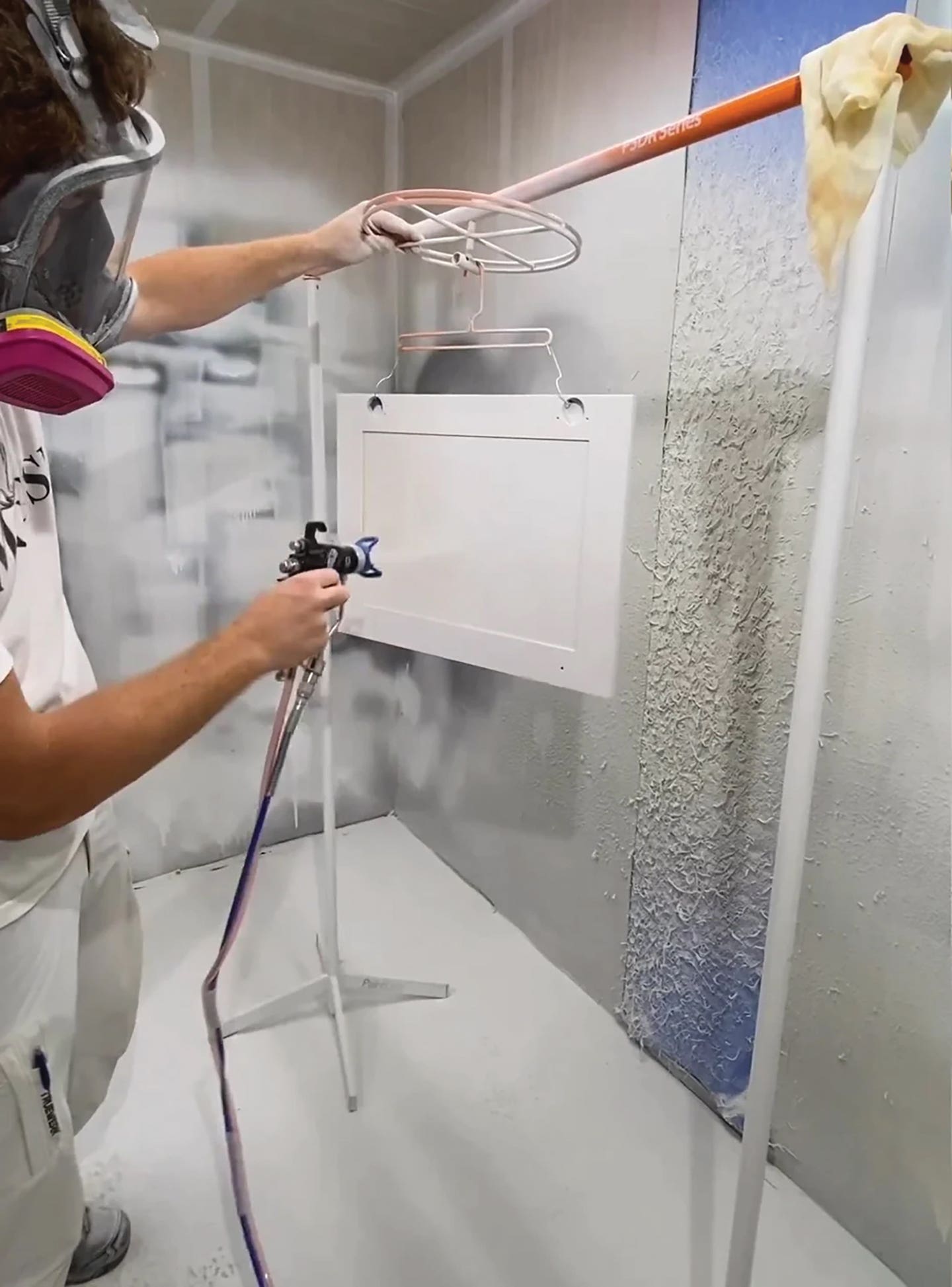Finishes that are just getting started
A look at new coatings for cabinets, furniture, millwork, special effects and exterior applications
There’s a lot of new product development in the world of coatings. Almost a decade of economic stability and a strong housing market have encouraged manufacturers to invest more in research and development.
Last November, Axalta (axalta.com) opened its new Global Innovation Center. The 175,000-sq.-ft. facility offers unparalleled specialty labs and is now “the central hub for our global research, product development, and technology initiatives where we develop and deliver the most innovative coatings products in the world,” said interim CEO Robert Bryan.
A year ago, Woodshop News reported the opening of PPG’s new industrial wood coatings laboratory at its facilities in Springdale, Pa. At the time, the company’s vice president of industrial coatings, Kevin Braun, noted that “there are three main factors driving coatings development across the wood and interior building product segments. They are differentiation through color and aesthetics, product durability and improved process efficiency to control manufacturing costs.”
The first two of those three factors have a direct impact on how woodshops coat cabinets and furniture.
Color and aesthetics
Spiced Honey. That’s AkzoNobel’s color of the year for 2019 (akzonobel.com/en). Sounds delicious, doesn’t it?
Not so long ago, cabinetmakers would have paid little attention to such things. That was back when paint colors were for walls, and cabinets were simply stained and clear coated. The biggest question was one of sheen. But now the research done by companies such as AkzoNobel and Pantone (pantone.com) plays a vital role in how woodshops market, and color, their casework.
Pantone’s 2019 color is Living Coral, where the marketing literature shows fish on a coral reef. Color has become so central to what we now do (less than half the custom cabinets being built exhibit natural wood grain) that the concept of coatings has expanded from varnish and lacquer to include paint and tinting.
Another industry giant, PPG (ppg.com) has gone down a different road when choosing its 2019 color of the year – one that is far removed from the golden tones of Spiced Honey or the soft pink of Living Coral. The company’s decidedly dark and masculine Night Watch is “a rich, luxurious, and classic shade of green”. The intention here was to evoke the response one feels when looking out a window at lush growth.
Behr Paint’s 2019 Color of the Year is Blueprint S470-5, which is a mid-tone blue that is “warmer than denim and softer than navy,” according to the company (behr.com).
So, gold, pink, dark green and blue ...
Where does that leave a woodshop? Which way should one jump when choosing a new shade for the showroom cabinets? Well, the answer lies in timing. The coatings manufacturers are looking backward and forward at the same time when they make these selections. Their color-lab people explore the world all year searching for trends and innovation, and then try their best to predict what’s hot and what’s not. But in doing so, they actually affect the trend. That means the Color of the Year selections are, in a way, a self-fulfilling prophecy because designers pay a lot of attention to them, and then use the tones in their schemes. That also means that, because the choice affects the trend, there isn’t always a lot of movement from year to year.
For example, PPG’s 2018 color was black, so it has lightened up a little in 2019 but is still on the darker wing of the spectrum. Pantone’s pink has replaced last year’s light purple, and AkzoNobel’s 2018 choice, Heart Wood, was “a gentle grey-pink” that shares the pastel pallet of Spiced Honey. And Behr’s choice was ‘In the Moment’, which has undertones of blue, gray, and green (again, their color this year is a blue).
Perhaps the best way forward for woodworkers is to acquire or create samples of all of these colors, and then just let the employees choose. That way, you’re working with a limited selection but not restricting expression.
Powder coating
One of the most promising vehicles for delivering durable color options in the casework field – and especially in the medical and laboratory cabinet markets – is the emergence of powder-coated MDF. In a December 2018 interview with Coatings World editor Kerry Pianoforte, AkzoNobel’s business unit director Daniela Vlad spoke to developments in this area.
“Everything we do is driven by market needs and providing more sustainable solutions for our customers around the world,” she said. “Whether that’s reducing baking temperatures, removing process steps through dry-on-dry-application, improved material usage through lower applied film builds, improving the longevity of the coated article through improved UV durability/corrosion-protection performance, or adding more functionality to the coatings. Providing the ultimate powder solutions and helping our customers to reach their sustainability goals are at the core of our work. Our ambition is to make powder coatings available to as many markets as possible, as it is a very sustainable technology.”
The company is expanding the capabilities of powder coatings with its new Interpon AM line that includes BioCote to combat the growth of microbes such as bacteria and mold. It is typically used in hygiene conscious environments such as hospitals, clinics, changing rooms, schools and public transport.
Powder-coated MDF has been around for a while and the technology has made some major strides in the past couple of years. Bern Fitzgerald, founder of Integra Doors (integradoors.com), points out the advantages of this coating option. “A powder-coated kitchen means no more VOCs or HAPs are being emitted,” he says on the company’s website. “Simply put, powder coating leaves a very low carbon footprint.”
BTD Wood Powder Coating (btdwoodpowdercoating.com) in Brainerd, Minn., points to the many tactile and visual advantages. The company says that its t.fusion coating thermally fuses and cross links custom color polymers to an MDF substrate. “Powder-coated wood doesn’t peel or chip like liquid paint and, because it’s seamless, it won’t delaminate or experience edge-band separation. It can also withstand high degrees of temperature change and exposure to moisture, and it holds up beautifully in high traffic areas,” according to the company.
One other aspect of powder coating is its versatility. For example, BTD offers both ultra-smooth and textured finishes such as metallic, clear coat, hammer-tones and veins. Specialty finishes allow casework designers to create visual interest with effects that are unique to this type of coating.
Product durability
Toughness is essential in a topcoat, and AkzoNobel released a new one-pack waterborne product about a year and a half ago that addresses this. AqualitColor AC-T475 can be used with a wide range of the company’s fillers and primers, such as Chemcraft Aquaprime. It was specifically designed for hardness, high scratch resistance, good metal marking resistance and very good stacking properties. “The product provides a significant upgrade from current industry norms. The performance against tough staining agents such as mustard, red wine and coffee are particularly impressive, making AC-T475 especially suitable for kitchen cabinets and furniture,” according to the company.
Last year, Milesi (milesi.com/en) introduced its Block Chain Addition (BCA) at IWF 2018. The company’s parent company, IVM Chemicals Inc., describes BCA as “an unprecedented category of wood coatings capable of concentrating – for the first time in a single technology – the finest characteristics of pre-catalyzed and post-catalyzed polyurethane, acrylic and ureic finishes.”
One of the most appealing aspects of BCA products is that they are ‘green’. They contain no aromatic compounds, isocyanates or formaldehyde.
And a new pre-catalyzed line from Milesi is described as “a complete solution for clear and pigmented systems, setting new standards in thin film technology”. They can be tinted using Milesi’s KMT10 series of pastes in any color requested by the market, according to the company.
Ontario-based M.L. Campbell (mlcampbell.com) recently introduced two new product lines, Polarion and Agualente. Polarion is an interior acrylic polyurethane system consisting of sealers, primers, and clear and pigmented topcoats. It comes in a full range of sheens using just one catalyst and mix ratio. Agualente is a one-component, VOC-compliant coating system for interior wood surfaces.
Shops that need to bring out wood’s natural, rich beauty should visit Axalta’s new flipbook online and take a look at the Graintone Plus Premium color system. The special formulations in this series highlight and enhance cabinets, tables, furniture, and other interior wood surfaces where vibrant color development is desired. And Axalta’s Luster Lac nitrocellulose sealers and lacquer topcoats are designed for interior fixtures, furniture, and new construction where a versatile coating is required. For kitchen cabinets, the company’s Ultraguard Conversion Varnishes can handle moisture and other daily substances. And for extra durability, have a look at Amarium pre-catalyzed and conversion lacquers.
Zenith has a new low-VOC, HAPs-free product line formulated with a proprietary blend of self-crosslinking acrylic and urethane resins, and developed for the European market.
Working outside
Everlast is an interior/exterior wood finish from Hood Finishing Products (hoodfinishing.com). The company says the latest iteration delivers high durability in a polyurethane with the richness and beauty of a varnish and Tung oil, yet without that obnoxious odor.
Woodshops that build painted outdoor furniture or architectural components might want to take a look at PPG’s new Permanizer. It’s an exterior acrylic coating that uses a new resin technology. Even though it’s waterborne, it can be applied at temperatures all the way down to 35-degrees F, according to the company.
Another exterior product, Ascend from Old Masters (myoldmasters.com) is a new water-based coating that contains ultraviolet absorbers for advanced sun protection.
Rustoleum’s Modern Masters has rolled out a new line called Exterior Metallics. These colors can be applied by brush, roller or spray to exterior architectural wood surfaces such as window mullions and paneling. They don’t require a protective topcoat, which saves project time and money. Also included in the program are Cool and Warm Tone Primers.
Unique finishes
Available in both clear and white, Crackle lacquer from Gemini Coatings, (gemini-coatings.com) is “a special effect coating that allows the finisher to produce varied antique looks. This product may be sprayed, brushed, or padded on for different effects. This finish is designed to separate or ‘crack’, revealing the coating beneath, whether colored or natural. The size of the crackle pattern can be varied by the amount of material applied. Many different looks can be achieved by using different basecoat colors, tinting the crackle itself, and applying different colors of glaze over the crackle,” according to the company.
Pearl Effects is a line of water-based, acrylic, pearlescent paints from General Finishes (generalfinishes.com). They can be applied to the company’s water-based stains, paints, and topcoats to produce shimmering, metallic effects.
Another innovative coating is AcromaPro’s Aqua Chroma Glaze (acromapro.com) that delivers an antiqued look, and it can be either sprayed or wiped on. It has been formulated to be used with the company’s waterborne systems and within most of its solvent systems.
The company’s Glazing Stain Neutral New is a tintable neutral or clear solvent-based glazed that was designed to accent or antique interior woodworking. It can be applied as a wipe stain for raw, interior wood surfaces.
Shops in a hurry might take a look at Minwax’s One Coat Polyurethane (minwax.com).
And shops looking for a more natural alternative may be interested in three products from Colorado-based Unearthed Paints. The company’s Hard Wax Oil is mostly used as a floor finish, providing a natural alternative to polyurethane. It can also be used as a hard finish on furniture. Safflower Wax is used for the final treatment of interior wooden surfaces such as furniture, doors and wood paneling. And Carnauba Wax can be used as an additional layer of protection on wood flooring during the finishing process or can be added to the water you mop your floor with for regular floor care.


